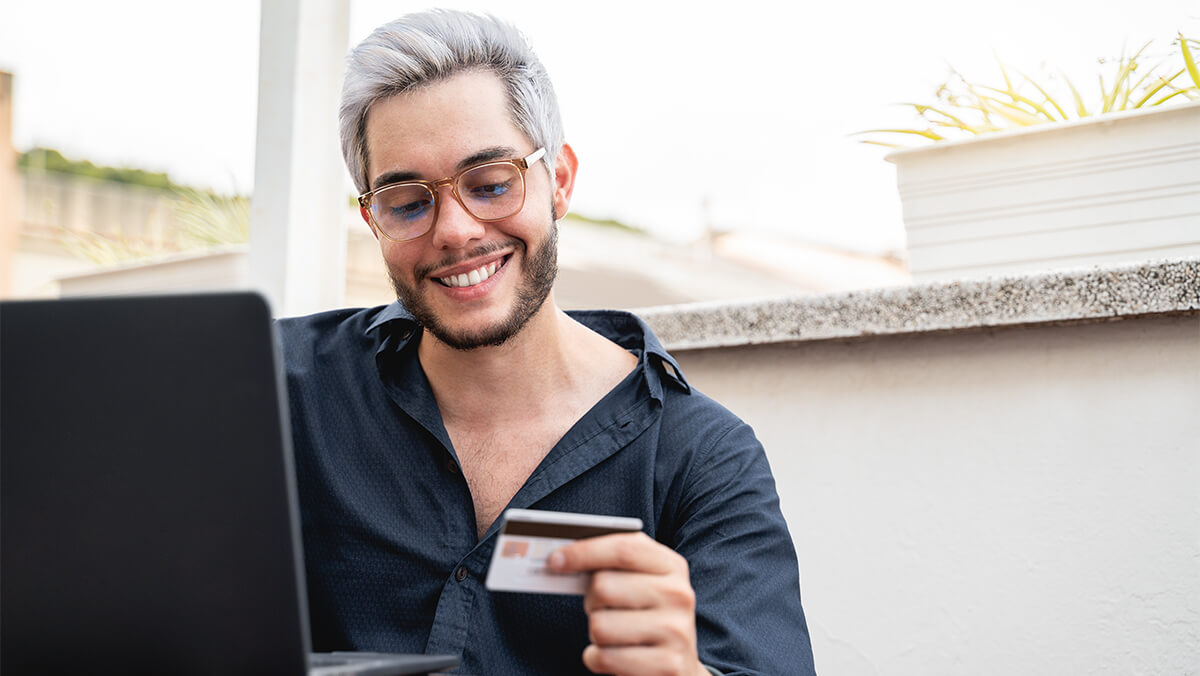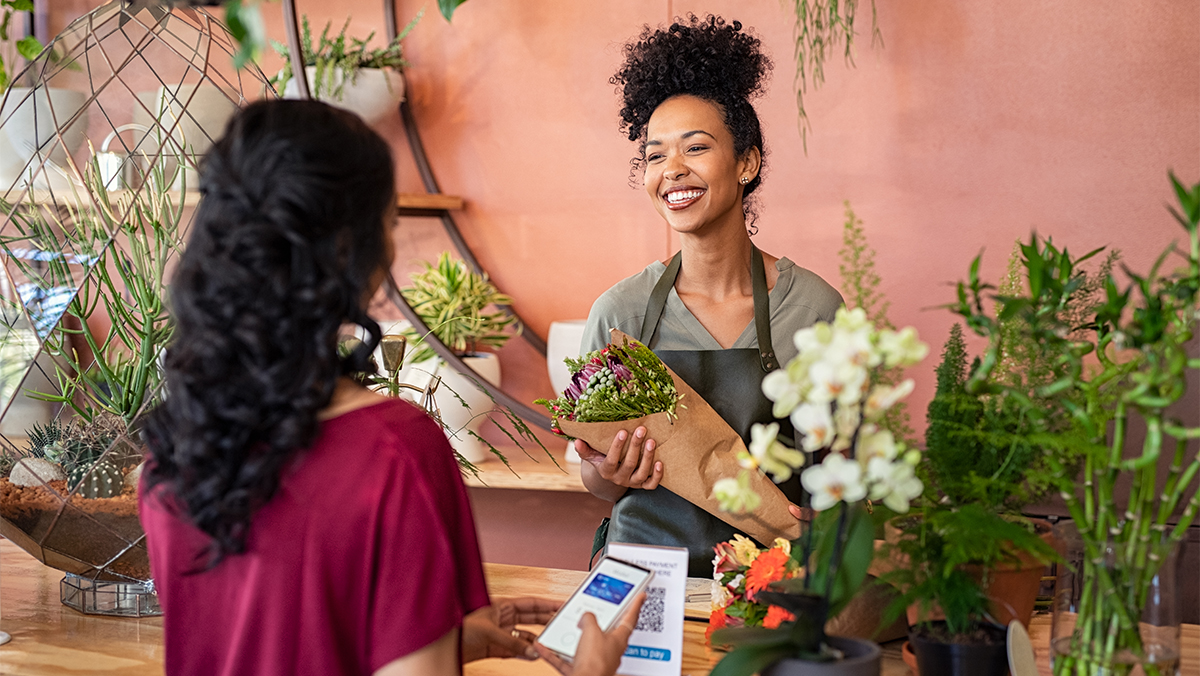How to attain loyalty and engagement in e-commerce?

E-commerce is a difficult and demanding sector, especially if you’ve just started. Customers’ expectations seem never to end, and the competition is always at your heels. In such a challenging environment, the best thing you can do is continually work on your customers’ engagement and loyalty. And in this post, we’re going to show you how.
In general, loyalty and engagement start with a well-thought-out marketing strategy. As we’ve already said, the competition is vast, and your customers receive thousands of marketing messages every day. It all creates an information noise in which keeping specific brands in mind is not that easy. This means that your customers can simply forget about you, even if they were satisfied with your service.
Your first goal should be to get more customers every month. The reason is apparent – the more customers you get, the more of them will eventually become regular visitors to your business. Therefore, your primary strategy should involve getting more valuable traffic and doing so as quickly as possible. And that’s how we switch to performance marketing.
Performance marketing
It’s one of the most effective marketing techniques, primarily because the settlement is based on the results generated during a given campaign. There are three basic settlement forms used in performance marketing. You pay for:
- Every action taken by your customers (CPA)
- Every click of your ad (CPC)
- Every thousand impressions of your ads (CPM)
In other words, you are charged only when your ads bring a measurable result. It’s also vital to clarify what CPA actually is. It’s a model in which you are charged for a specified non-standard action taken by your customers. Such an action can be:
- Placing an order
- Signing up for the newsletter
- Joining the loyalty club, etc.
There are several channels allowing you to make the most of performance marketing, but we recommend two: Google Ads and Facebook Ads. Let’s talk about Google Ads first.
GOOGLE ADS
In general, Google’s offer for online sellers is quite broad. Besides standard text ads, you can use Google Shopping Ads, enabling you to display a specific product along with its picture, price, and your store’s name. Google Ads are effective because they are displayed based on what your potential customers are looking for in Google. So, if you sell gardening equipment and a user is looking for a new lawn mower, they will likely see your offer. Here’s what it looks like:
FACEBOOK ADS
Here, you target users based not on their queries but their profiles comprising interests, profession, living place, etc. So, if you have an offer for divers, you can display your ads to Facebook users interested in diving. You can also specify other characteristics (e.g., divers living in a particular city or country), but that’s not necessary. Moreover, Facebook also has an ad format enabling sellers to promote their products. It’s called Facebook Dynamic Ads, and they display products that you have in your catalog to people who have shown some interest in them.
Retargeting
Getting more users is one thing; encouraging them to return to your store is the other. And that’s why you also need a technique called retargeting (remarketing). When using retargeting, you are focused exclusively on people who already know you because they had visited your website in the past but never finished the order. Retargeting encourages these people to come back to your store and complete the purchasing process or buy more products. Of course, you can implement dozens of remarketing scenarios – it’s all a matter of your creativity. For instance, you can target people who bought something in the past month.
There are many ways of implementing retargeting. You can do so using push notifications, newsletters, and even ads (see Google retargeting offer). This technique can be very effective, especially in e-commerce. Some studies show that remarketing alone reduces cart abandonment by 6.5%¹.
Email marketing
This tool can be extremely useful, especially in online trade. That’s because you send emails to your customers either way as a part of the purchasing process. You can use emails and newsletters to promote new arrivals, distribute vouchers, ask for an opinion, and invite your subscribers to join the loyalty program. Emails are versatile and quick, but you can’t go overboard with them. No one wants to be flooded with emails, so don’t send them too often.
On the plus side, a well-thought-out email marketing strategy can help you retain many satisfied customers.
PUSH NOTIFICATIONS
They work similarly to emails, although they are distributed via the internet browser. These are small notifications that are displayed directly in the browser. They contain one short message with a CTA button or a link, just like that:
Their goal is to encourage a user to take swift action, typically related to a product they were already interested in. Read more about push notifications and see how you can implement them in your online store. As our experience proves, this technique can be very effective!
Loyalty tools
We have to be upfront here; today, customers need to be encouraged to stay loyal to your brand. This means that you have to win their engagement by using diverse tools and techniques. Many of them revolve around loyalty programs, but that’s not mandatory. You can implement various solutions that encourage customers to come back to your store and spend more money. Some of these loyalty tools comprise:
- E-coupons
- Vouchers
- Discounts for regular users
- Free shipment for larger orders
And, of course, you can decide to create a fully-fledged loyalty program where your customers can create a profile, gather points on their account, and exchange these points for additional discounts. Many loyalty programs come with additional benefits, e.g., access to presales and special offers just for the club/program members. That’s what a German fashion retailer called Peek & Cloppenburg² does. With their Insider loyalty program, customers can:
- Gather points
- Get personalized promotions
- Enjoy a longer return/exchange time
- Exchange products without a receipt
- Benefit from additional partner offers
The program is available via a mobile app, so customers don’t have to carry yet another card in their wallets. It’s effective and convenient. Perhaps you could think about something similar?
They key to success in e-commerce
As you can see, there are many ways of getting more customers to your online store and keeping them engaged. If you want to succeed with that, you have to take care of your customers and offer them something special from time to time. Stay in touch with them, inform them about your new offers, and use retargeting to rescue at least some of the abandoned carts. This way, you will create a stable and profitable e-commerce business.
And if you’re looking for ways to automate the majority of these questions, take a look at iPresso features and start your free trial today!
Source:
¹ https://truelist.co/blog/retargeting-statistics
² https://www.peek-cloppenburg.de/insider/



